There are several types of wood commonly used for building temples and religious structures around the world. The choice of wood often depends on factors such as local availability, durability, and cultural preferences. Here are some types of wood that are frequently used for temples:
- Wood Teak: Known for its durability and resistance to termites and weathering, teak is highly valued for its strength and beauty. It’s commonly used Teak Wood Pooja Mandir design home in Southeast Asia and India for temple construction.
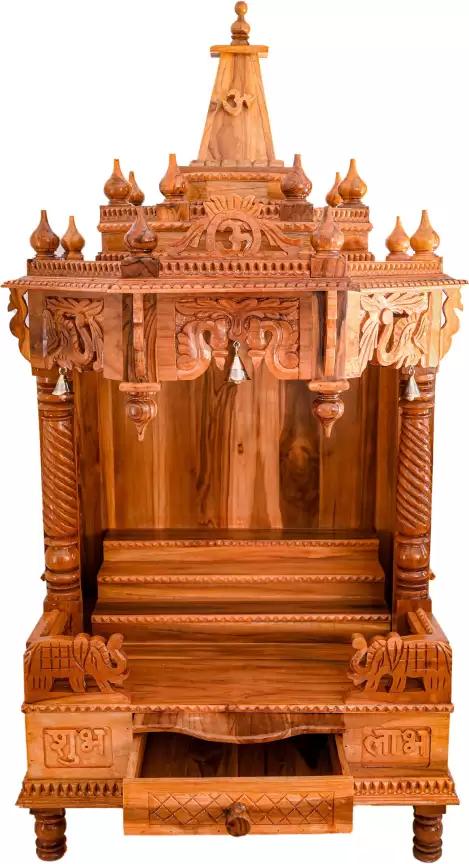
- Wood
- Cedar: Cedar wood is often used in temple construction cedar used in the temple due to its natural resistance to decay and insects. It has a pleasant aroma and is known for its straight grain and durability.
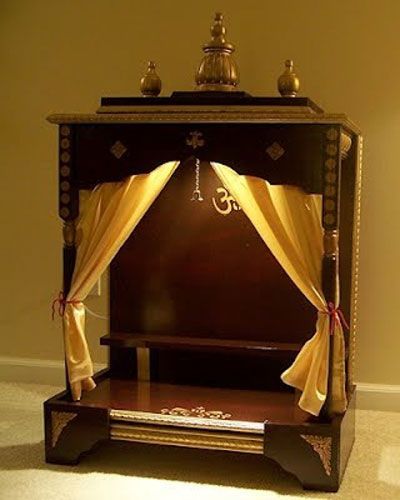
- Oak: Oak is a strong hardwood that is used in temples Wood Temple for Home in regions where it is locally available. It’s known for its strength and resistance to moisture and insects.
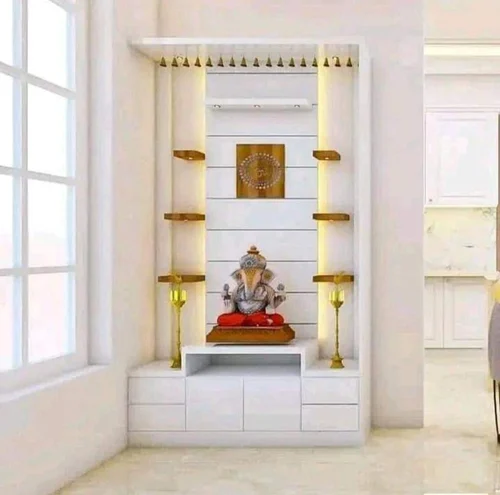
- Pine: Pine wood is used in temple construction in various parts of the world. It’s valued for its affordability and workability, although it may require treatment to improve its durability.
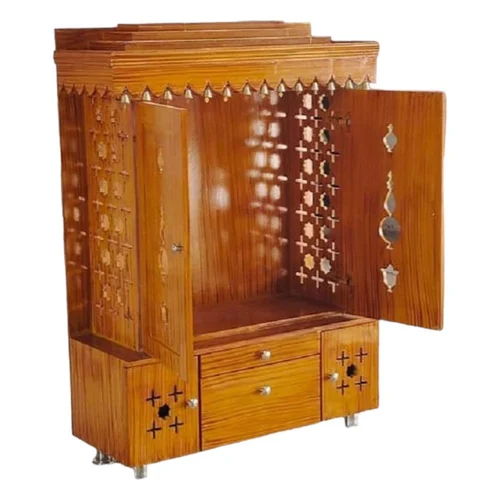
- Mahogany: Mahogany is a hardwood known for its reddish-brown color and durability. Mahogany wood temple It’s used in some home and temples for its aesthetic appeal and resistance to decay.
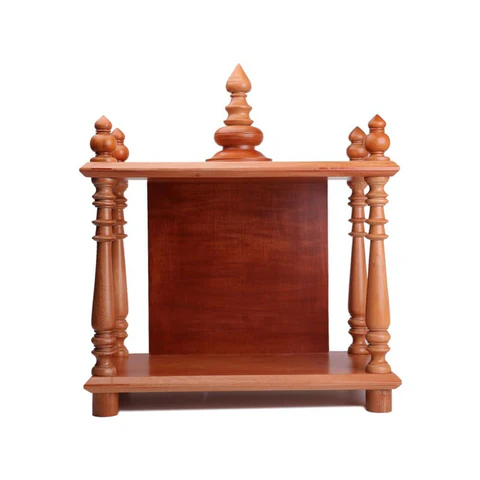
- Rosewood: Rosewood is a dense hardwood with a rich reddish-brown color and distinctive grain patterns. It’s used temple for home in temples for its beauty and durability.
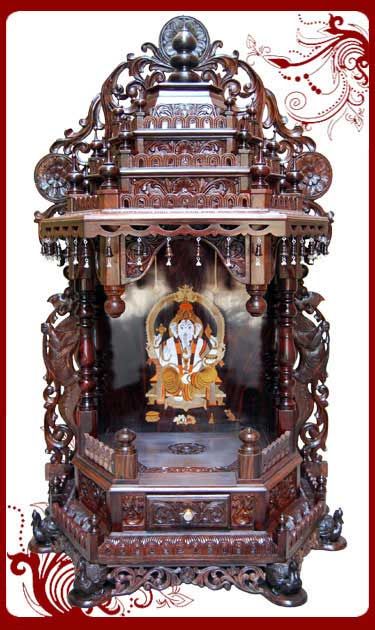
- Bamboo: While not technically wood, bamboo is often used in temple for Home temple construction in Asia due to its strength, flexibility, and sustainability.
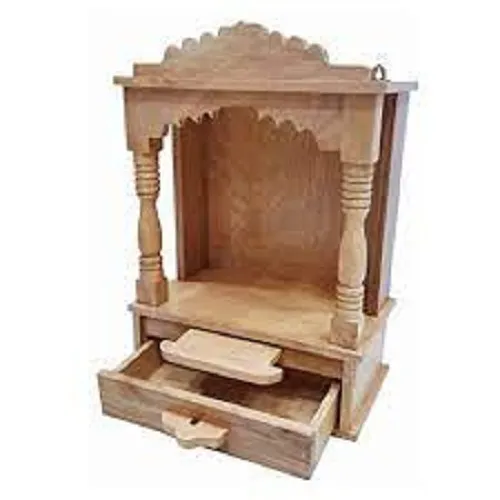
These are just a few examples, and the specific as types of wood used can vary widely depending on. The region, local traditions, and the intended aesthetic and functional but qualities of the temple.